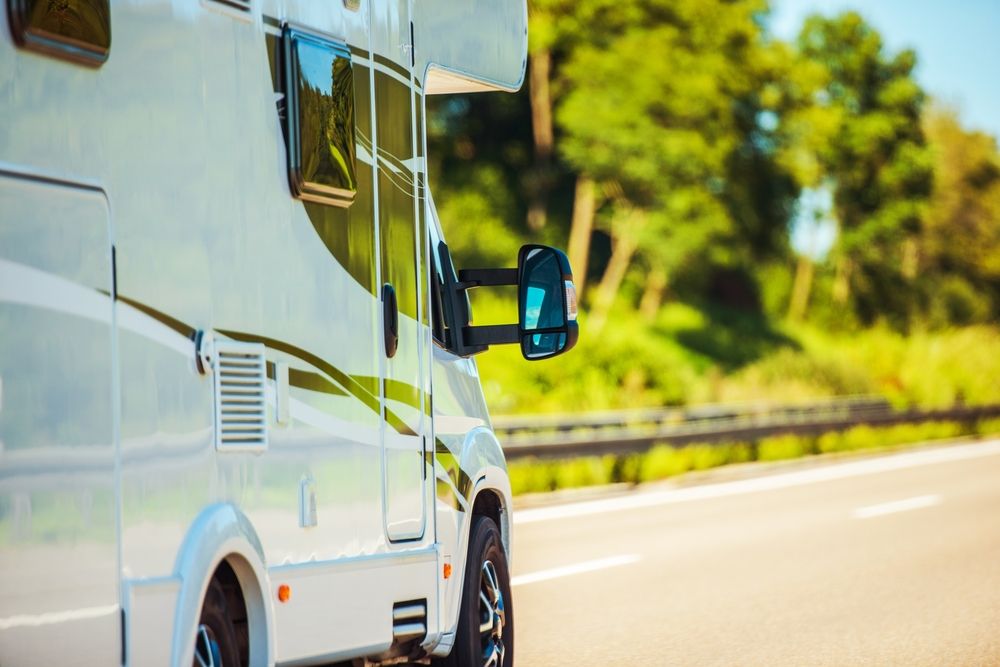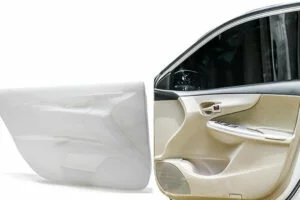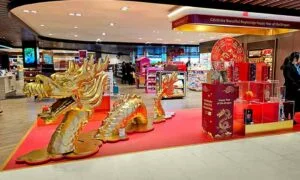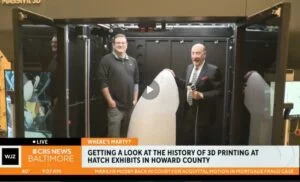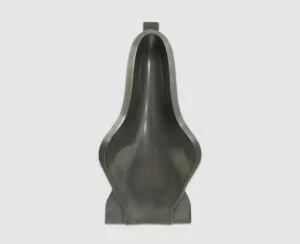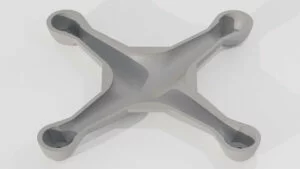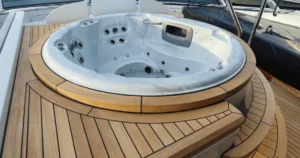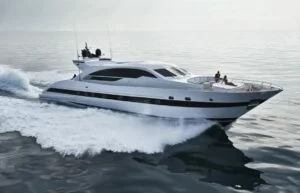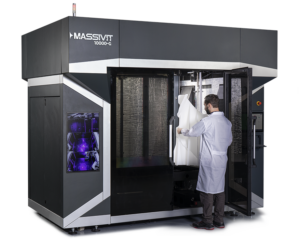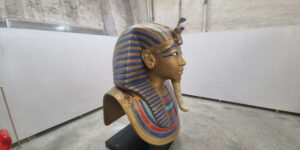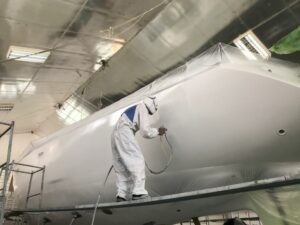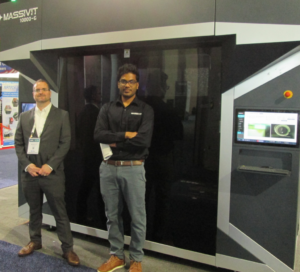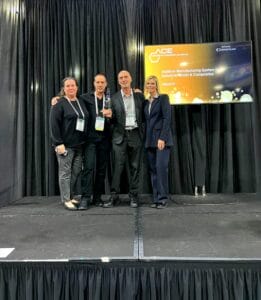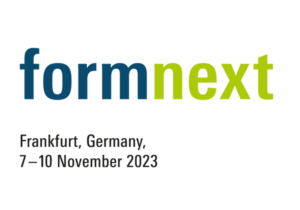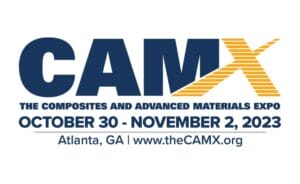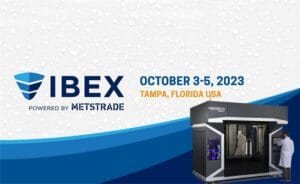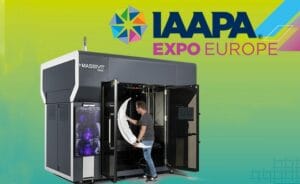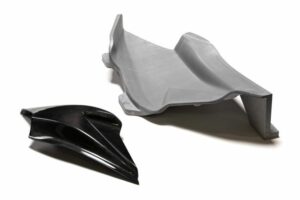Extreme Customization
The RV market has proliferated into multiple sub sectors in which personalization is key for owners. From Class A trailers and campervans to caravans, motorhomes, motorized RVs, hybrid trailers, and camper trailers – large-scale 3D printing allows manufacturers to offer extensive design options for a wide range of needs including custom floor plans, interior designs and bathrooms, unique exterior features, and amenities. Digital nomads may require dedicated office spaces with ergonomic workstations and high-speed internet connections, while adventure seekers prioritize rugged off-road capabilities and outdoor gear storage solutions. Digital fabrication allows manufacturers to transform diverse preferences into personalized RVs that reflect the unique lifestyles and aspirations of their owners.
Traditional Manufacturing vs. 3D Printing
Traditional manufacturing methods for custom RV parts, like aluminum machining or molding, often necessitate specialized molds or tools, which are costly and time-consuming to create. Moreover, they can’t always achieve intricate designs, limiting customization options and flexibility in adapting to changes.
In contrast, 3D printing revolutionizes this process by digitally fabricating components and molds from CAD designs or 3D scans. This enables super-quick production of highly precise components without the need for expensive and time-consuming molds. Additionally, 3D printing offers a wide range of material options, including plastics, composites, and digital wood, facilitating the development of lightweight, durable, and innovative designs that enhance RV performance, efficiency, and aesthetics.
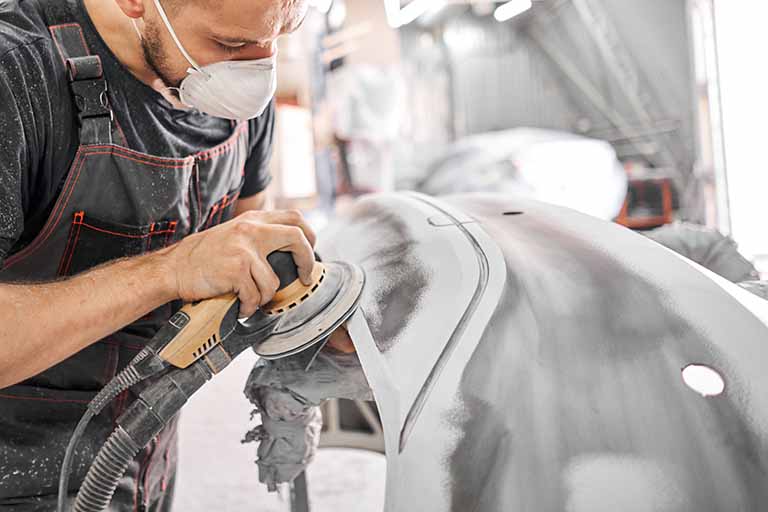
Environmental Sustainability
In addition to its customization capabilities, 3D printing offers environmental benefits for RV manufacturers. Unlike traditional methods, which generate excess waste of raw materials, large-scale 3D printing on Massivit systems minimizes waste by using only the precise amount of material needed for each part. Furthermore, producing parts on-demand and locally reduces carbon emissions from shipping and logistics, making 3D printing a sustainable solution for RV manufacturing.
Moreover, 3D printing’s sustainability extends beyond material usage. By shortening production cycles and reducing the need for drawn out prototyping and tooling, it minimizes energy consumption and greenhouse gas emissions throughout the manufacturing process. This aligns with the growing emphasis on environmental stewardship and corporate social responsibility in the aftermarket and automotive industry, allowing manufacturers to meet consumer demand for eco-friendly products while staying profitable and competitive.
Benefits of 3D Printing for RVs
The benefits of 3D printing for RVs are manifold. As opposed to building with aluminum, lightweight parts can now be easily produced with complex geometries that would be impossible to achieve using traditional methods. This inherently increases fuel efficiency, performance, and handling. Additionally, 3D printing enables extremely fast production turnaround times, meeting tight deadlines and delivering custom-built RVs tailored to specific customer needs.
Innovative Design and Differentiation
The increasing adoption of 3D printing in the RV manufacturing arena drives product innovation and differentiation. Leveraging advanced design tools allows rapid exploration of new concepts and high-speed iterative design processes. This agility helps manufacturers stay ahead of trends and respond quickly to changing consumer preferences, ensuring competitiveness in the market.
Enhancing Safety and Durability
Beyond fuel efficiency and performance, 3D printing with materials such as Massivit’s high-impact Dimengel acrylics and epoxy-based resins offers significant advantages in durability for RVs. Utilizing advanced materials and design techniques results in strong and resilient parts, crucial for withstanding environmental conditions and road hazards. Optimizing structural integrity ensures compliance with safety standards and facilitates quick production of spare parts, reducing downtime and maintenance costs.
Innovative Safety Features
Expanding 3D printing in RV manufacturing opens opportunities for innovation in safety features and collision avoidance systems. Integrating sensors and advanced technologies directly into 3D-printed parts enhances overall vehicle safety and driver assistance capabilities, aligning with the industry’s commitment to passenger protection and accident prevention.
Expanding the Scope
While luxury RVs have traditionally been the focus of discussions surrounding customization and innovation, it’s important to acknowledge that 3D printing technology can benefit a broader range of RVs, including those designed for digital nomads, adventurers, as well as horse trailers.A Bright and Mobile Future
Large-scale 3D printing is revolutionizing the RV industry by enabling highly-customized manufacturing for exterior body parts and interiors alike. It offers a versatile and sustainable solution for creating bespoke RVs that align with individual lifestyles. As manufacturers embrace this transformative technology, the future of RVs is brimming with possibilities, ensuring every journey is uniquely tailored to passenger preferences.


